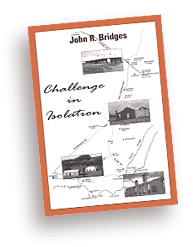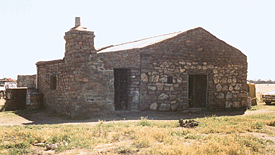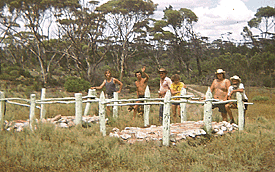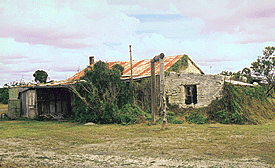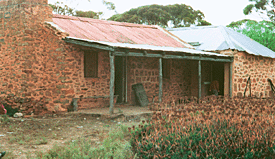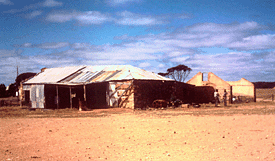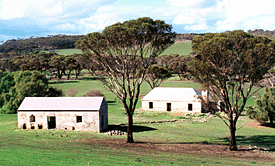|
A baby girl, Sarah Theresa Brooks was born in Plymouth, England in 1850,
aboard a sailing vessel bound for the eastern coast of Australia. Her brother,
John Paul was two years old at the time.
Two brothers Stephen and William Ponton, both from Alton Priors, Wiltshire, England, committed petty sins that resulted
in them being shipped away to Western Australia as convicts. The year was 1859. Campbell Taylor, the son of a well respected farming family living east of Albany went in search of suitable land to the east of the family property in 1870. A young German sailor named Heinrich Dimer and his mate jumped ship under the cover of darkness a few miles off the south coast of Western Australia in 1884. They managed to swim ashore and evade capture by ensuing search parties. Unbeknown to any of these people, they would eventually all come together and undertake major roles in the development of the South Eastern corner of the state of Western Australia. |
|
|
|
Challenge in Isolation was the fulfilment of my desire to write a book about the early
pioneers of an area south of Balladonia, situated two hundred kilometres east of Norseman in the south of Western Australia.
The thought of writing this book first came to me when, in 1978 a group of mates embarked on a ten day expedition in search of abandoned homesteads of the early settlers in the area. The old track heading north towards Balladonia obviously hadn't been used for quite some time judging by the scrub that had grown up along the centre of it. The first 50 kms leading up to Mount Ragged took about six hours of determined effort to get to the top, and yet today the same section can be covered comfortably in less than six hours. Despite being equipped with maps and clear directions from Barney Dimer of Nanambinia Station, we were unable to find many tracks and therefore many ruins were missed along the way. During following trips we found more ruins. Their isolation in this harsh environment grabbed my curiosity as to whom these pioneers were, why they chose to live in such isolated places and how they got their supplies. Further investigation showed that while the Pontons got their supplies via their own landing at Point Malcolm, the Brooks and Dimers got theirs through Israelite Bay where the telegraph station was located. The more information I gathered on the area, the more I wanted to know. Challenge in Isolation was indeed a difficult task and a great challenge for me. The research for this book was ongoing for over 25 years, and I have many people to thank for their contribution and support, including the Esperance Museum and members of the Esperance Historical Society. The Esperance Family History Society was of invaluable assistance, and the Esperance Shire Council granted $2,000 towards research for the book. Today, many people visit the places that I have written about. The tracks to most of the ruins are very well worn and easy to find, but I wonder just how many of these visitors have an appreciation of the hardships in the everyday life of those early pioneers. |
|
|
